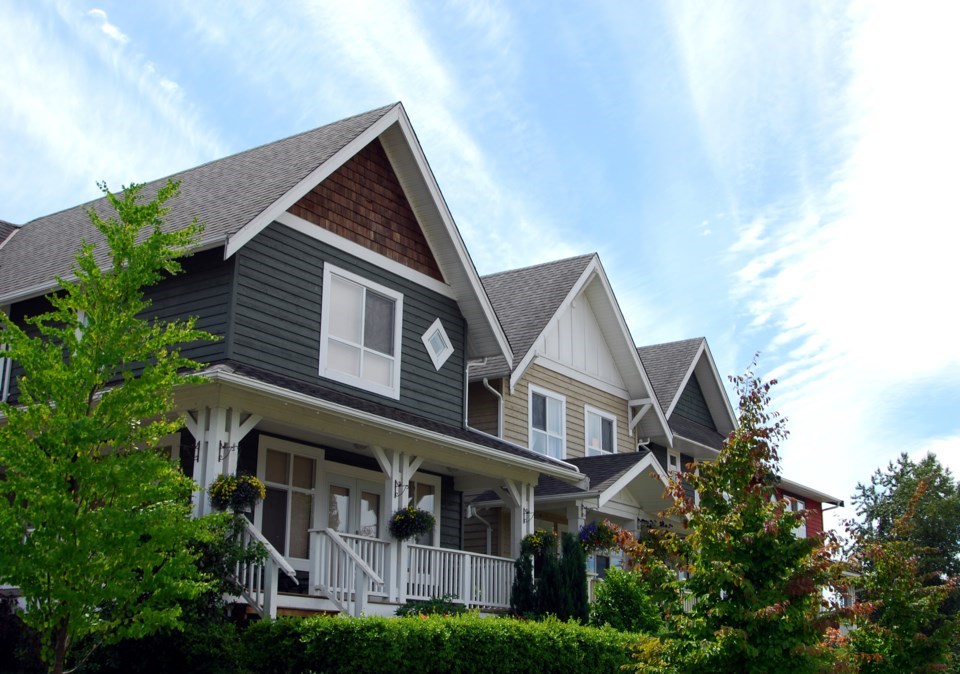There are increasing signs the federal Liberal government is making the creation of new housing a top political priority.
But less clear is whether that same government will significantly alter a policy that has helped keep housing in short supply and at high prices: record immigration levels.
Last week, Prime Minister Justin Trudeau was in B.C. to announce his government has cut a $115-million deal with the City of Vancouver to build more than 40,000 new houses over the next decade. It’s part of the government’s $4-billion "housing accelerator fund."
All well and good, I suppose, but unless similar deals are cut with other municipalities in Metro Vancouver, the Capital region and the Okanagan (more than 90 per cent of new permanent immigrants settle in those three areas) that kind of funding will not have much impact.
This province is expected to receive almost 220,000 new immigrants between this year and the end of 2025. That is the result of the federal Liberal government’s decision to ramp up national immigration levels to about 500,000 a year for the next few years, a rate not seen since before the First World War.
The B.C. Real Estate Association estimates that about 43,000 new homes must be built every year just to keep pace with this kind of growth. There has been rising a chorus of concern among provincial governments over these high levels, given that such a population explosion puts enormous pressure on two areas in particular: health care and the housing supply.
B.C. Housing Minister Ravi Kahlon has been arguing for months that the federal government should tie immigration levels to the housing supply, but the Liberals are providing mixed signals to that request.
On the one hand, Federal Housing Minister Sean Fraser, who oversaw the immigration growth in his previous role as Immigration Minister, is now saying it may be time to revisit these record levels.
But when the prime minister was asked at his Vancouver event about this, his response was a bit ambiguous.
“Immigration if a source of opportunity, of growth, of economic advantage for Canada,” Trudeau told reporters. “But it’s also important to make sure that, as we always have, we’re going it responsibly and at a pace that our cities, our municipalities, even our rural regions can absorb.”
I am fairly certain most premiers and many mayors would disagree that the second part of that quote is actually taking place.
To be sure, there is a valid reason for increasing immigration levels, although perhaps not as high as the feds have established.
There is a very real shortage of skilled workers and even moderately skilled workers in all kinds of economic sectors, as the Baby Boomer generation retires in record numbers. The B.C. health care system alone needs to find about 35,000 skilled workers – doctors, nurses, technologists and technicians – over the next few years, and they are not all going to be found graduating from Canadian universities.
As the Trudeau government continues to make investments in the housing supply — something the B.C. government welcomes, although the Ontario and Quebec provincial governments resent the federal intrusion — it will be worth keeping an eye out for any real change in the immigration levels.
The premiers will undoubtedly continue their push for Ottawa to provide much more infrastructure funding to pay for the cost pressures borne by our huge population growth.
As the next federal election draws ever nearer, the Trudeau government may eventually do what the provinces want: tie immigration levels to the service levels that can be provided for them.
Keith Baldrey is chief political reporter for Global BC.




